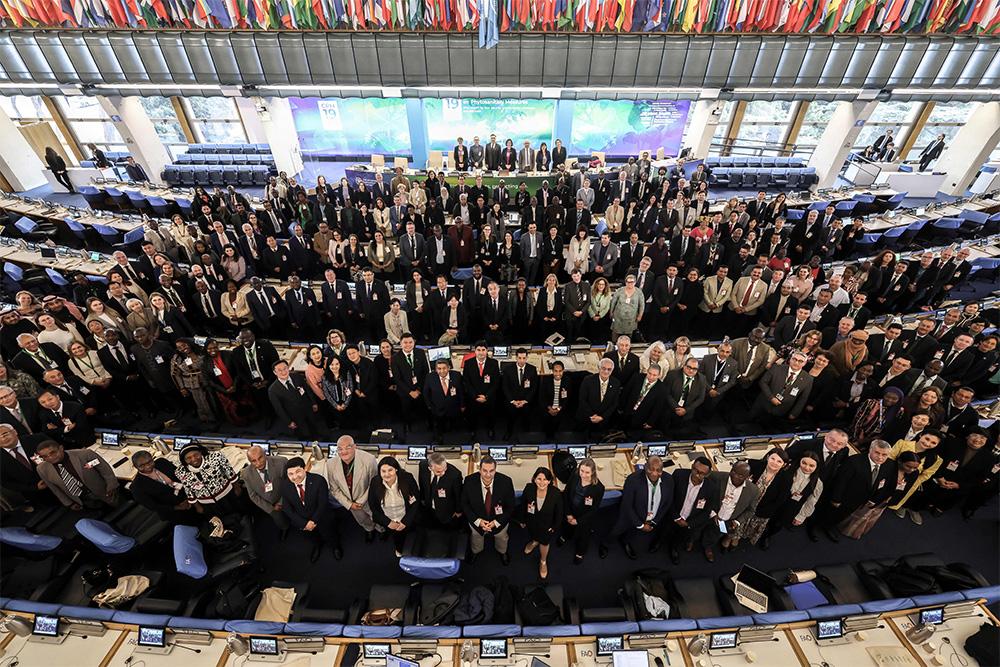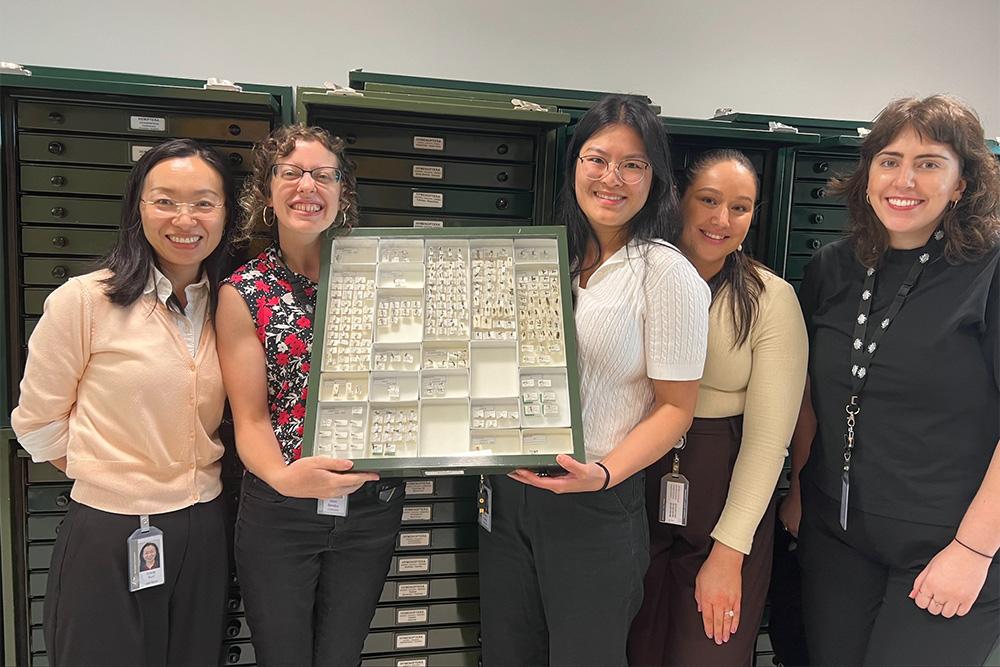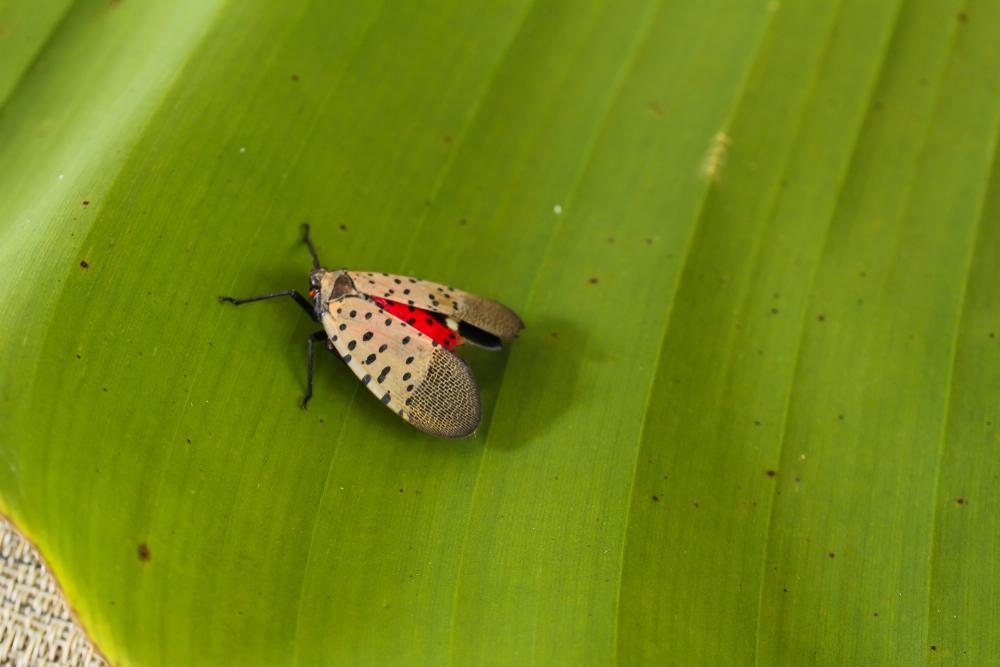The first PhD student to work at the Plant Innovation Centre at Post-Entry Quarantine has been welcomed by the Department of Agriculture, Water and the Environment.
First Assistant Secretary Biosecurity Plant Division Dr Chris Parker welcomed PhD student Tom Farrall to the department as he studies methods to efficiently identify viruses in imported seeds.
“We’re excited to have Tom joining the Plant Innovation Centre team as its first ever PhD student, in collaboration with the University of the Sunshine Coast (USC) and the University of Florida (UF),” Dr Parker said.
“Tom will be looking at how to efficiently identify harmful viruses in key seed species imported into Australia.
“Imported seeds have the potential to introduce serious and harmful exotic plant pathogens into Australia. To address this risk, we require some imported seeds to be tested for the presence of these harmful pathogens.
“But our current testing methods are costly and slow, requiring dozens of individual tests to detect different plant viruses.
“Tom will be investigating the development of a cost-effective method using third-generation high-throughput sequencing. Using this method it may be possible to identify all pests from just one sample in one cost-effective test.
“Australia has a robust biosecurity system that reduces the risks posed by exotic pests and diseases, but we’re always looking for ways to further strengthen and future-proof our screening processes.
“This project offers great potential as one of the new and innovative technologies and diagnostic systems which will help improve our system and protect against biosecurity threats.”
Images available on request.
Fast Facts:
- Plant Innovation Centre at Post-Entry Quarantine (PIC@PEQ) is a team of dedicated scientists working to improve our in-house research and development capability. This includes partnering with the external scientific community and education sector to identify, develop and deliver new and innovative diagnostic technologies.
- This project is part of the Modern Technologies and Diagnostic Tools measure, a $22.27 million investment from the government running over 4 years (2021-2025) to strengthen and modernise DAWEs diagnostics system.
- This project feeds into DAWE’s Future Ready State of:
- harnessing science to support policy, regulatory and operational decision-making
- increasing our cross-cutting science, information and research activity & capability.



